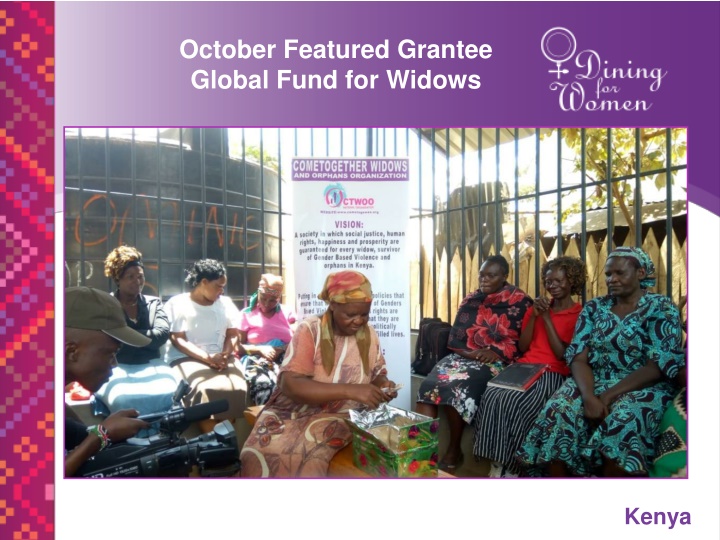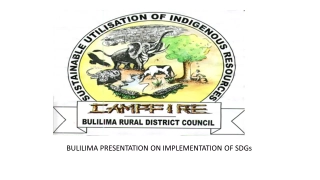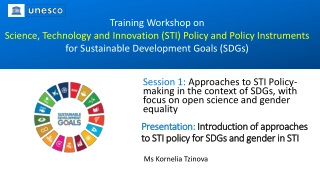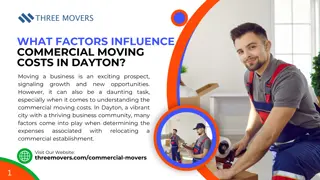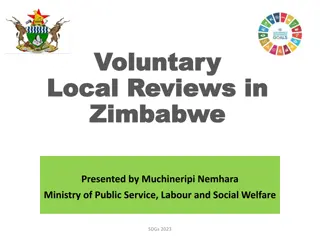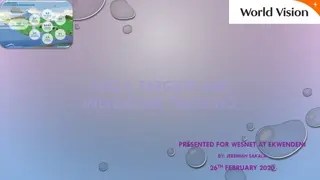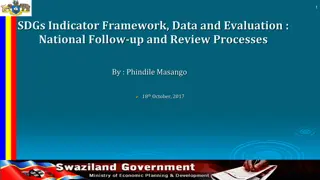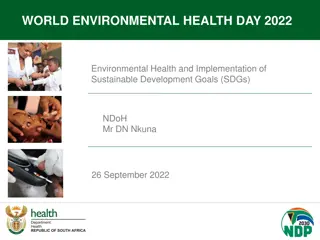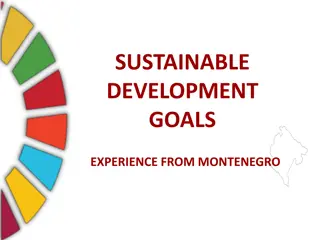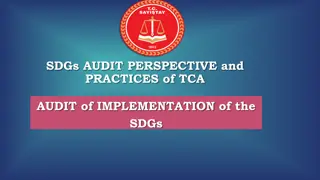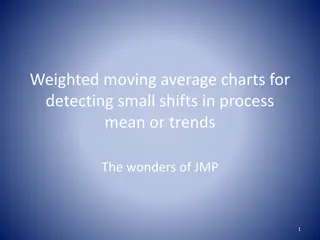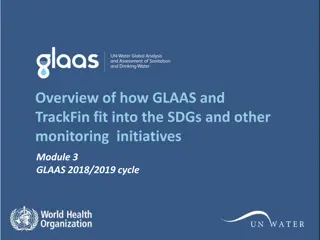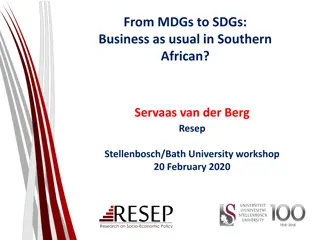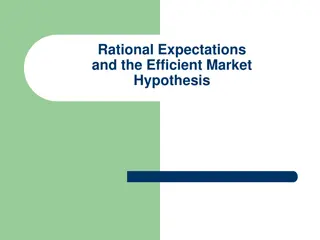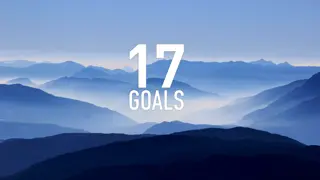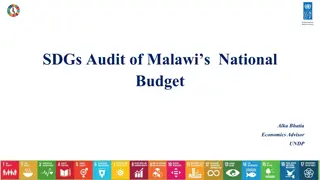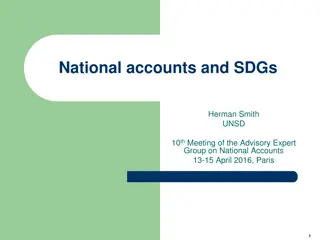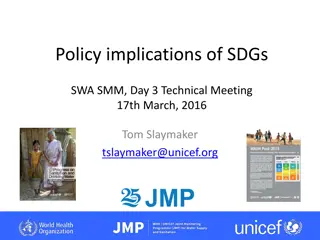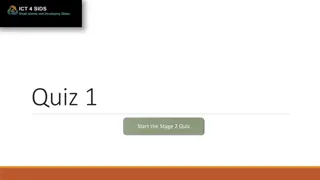Moving from MDGs to SDGs: Lessons and Expectations
The seminar organized by BIISS in Dhaka explores Bangladesh's journey from MDGs to SDGs through insightful presentations and studies. It highlights the shift from a top-down MDGs approach to a more inclusive SDGs framework, emphasizing the country's commitment to the global development agenda. Drawing on past experiences, the event aims to derive valuable lessons for successful SDGs implementation in Bangladesh.
Download Presentation

Please find below an Image/Link to download the presentation.
The content on the website is provided AS IS for your information and personal use only. It may not be sold, licensed, or shared on other websites without obtaining consent from the author.If you encounter any issues during the download, it is possible that the publisher has removed the file from their server.
You are allowed to download the files provided on this website for personal or commercial use, subject to the condition that they are used lawfully. All files are the property of their respective owners.
The content on the website is provided AS IS for your information and personal use only. It may not be sold, licensed, or shared on other websites without obtaining consent from the author.
E N D
Presentation Transcript
October Featured Grantee Global Fund for Widows Kenya
Introducing Global Fund for Widows Global Fund for Widows (GFW) empowers widows and female HEADLINE GOES HERE heads of households to overcome poverty in developing countries through skills-based training, micro-finance, and the establishment of Widows Savings and Loan Associations (WISALA). Text goes here Text goes here Text goes here Text goes here
Where in the world? Kenya
About Kenya Kenya has a population of more than 50 million people More than 40% of Kenyans are under the age of 15 due to sustained high fertility, early marriage and childbearing, and an unmet need for family planning The population growth strains the labor market, social services, arable land, and natural resources Men hold primary power, and predominate in roles of political leadership, moral authority, social privilege, and control of property
Life Challenges of the Women Served HEADLINE GOES HERE Text goes here Text goes here Text goes here Text goes here Widows endure three forms of human rights violations: Disinheritance, Discrimination, and Harmful Traditional Practices (HTP).
Life Challenges of the Women Served Women s social and economic status is defined by lack of information and traditional practices. Women often face harmful traditional practices HEADLINE GOES HERE (HTPs), early marriages, forced eviction, female genital cutting, disinheritance and dispossession of land. HTPs can include widow cleansing - rape by a male relative from her husband s family, a village leader, or a professional cleanser. Unable to afford lawyers and ignored by authorities, women s rights are routinely violated. Text goes here Text goes here Text goes here Text goes here
What are we supporting? GFW s Brookbank Project s main goal is to improve the lives of widows by economically empowering them through access to capital via establishment of sustainable banks or WISALAs and certifying them as community paralegals armed with knowledge of their rights and entitlements.
What are we supporting? WISALAs for 350 widows provide them with capital to launch micro-enterprises, become economically empowered, gain self-sufficiency, and be leaders. Widows are certified as community paralegals, arming them with critical knowledge of their rights and charging them with disseminating their knowledge to their community and engaging with local leaders.
Budget DFW s grant of $49,895 will fund the following: Item Item Detail Detail Total Total Salaries and Salaries and Benefits Benefits CTWOO Trainer salary CTWOO Trainer salary $3,000 $3,000 HEADLINE GOES HERE Program Program Administration Administration Costs Costs Includes training expenses, WISALA equipment, Includes training expenses, WISALA equipment, local travel and project oversight local travel and project oversight $10,120 $10,120 Text goes here Text goes here Text goes here Text goes here Evaluation Evaluation WISAL Co WISAL Co- - capitalization capitalization DFW DFW grant to co grant to co- -capitalize banks capitalize banks $35,175 $35,175 Photography and Video Photography and Video documentation/testimonials, surveys, analysis, documentation/testimonials, surveys, analysis, and reports and reports Monitoring and Monitoring and $1,600 $1,600 Total Total $49,895 $49,895
About the Featured Grantee HEADLINE GOES HERE Text goes here Text goes here Text goes here Text goes here Founded by Heather Ibrahim-Leathers after realizing a single event of widowhood destroyed her grandmother s family and the generations that followed. Serves widows in developing countries who have not only lost their husband, but their home, ability to provide for their children, and their dignity. Serves Egypt, Tanzania, Kenya, India, Nigeria, Malawi, Bolivia, and the Dominican Republic.
Share Your Thoughts 1. How do you think patriarchy perpetuates the violation of widow s rights? 2. How do you think this project model can address HEADLINE GOES HERE similar issues in other countries? 3. Do you think it is possible to change perceptions that are based on cultural and traditional mores? Text goes here Text goes here Text goes here Text goes here
Octobers Sustained Grantee: HealthRight International Community-based Maternal HEADLINE GOES HERE Mental Health First project of its kind that specifically targets the mental health needs of perinatal women in a post-conflict setting Primary goal is to expand the MMH program to strategically target the new population of perinatal women among the Text goes here Text goes here Text goes here Text goes here South Sudanese refugees in Lamwo district of Uganda. Direct Impact: 8,400 women Indirect Impact: 8,400 community members
